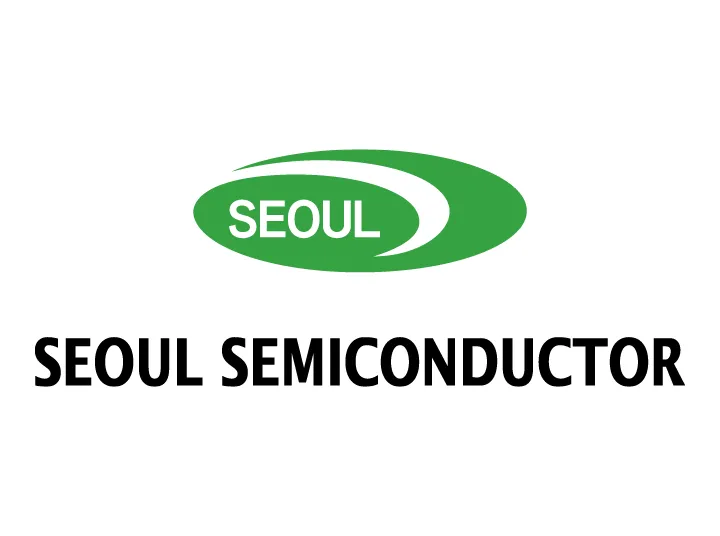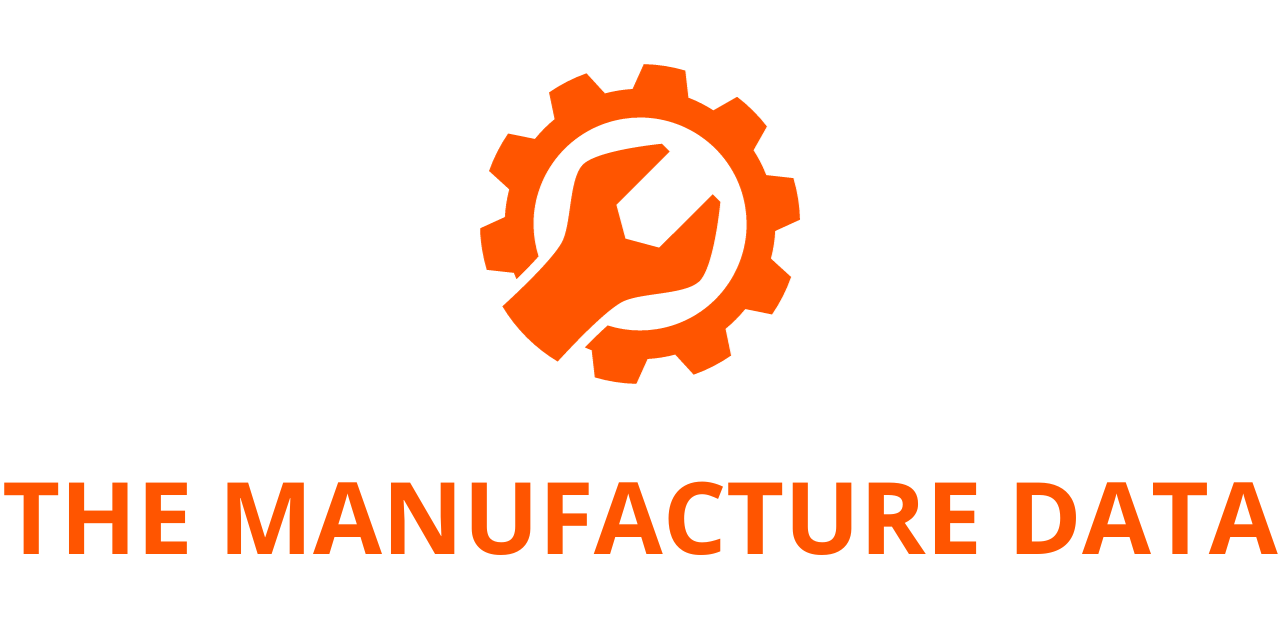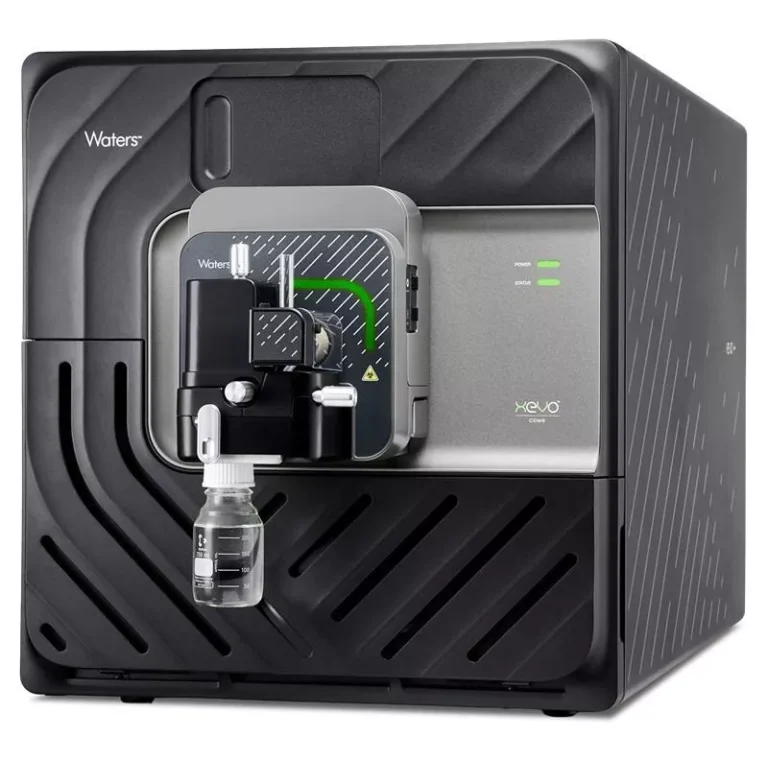
Seoul Semiconductor Expands Automotive Footprint with WICOP Mini LED Technology, Targeting EV and Autonomous Vehicle Displays
Seoul Semiconductor Co., Ltd. (KOSDAQ: 046890), a global pioneer in LED technology and the world’s number one supplier of LED backlight solutions, has taken a significant leap forward in the automotive sector. On July 2, 2025, the company announced the commercial supply of its proprietary No-wire LED technology, known as WICOP (Wafer Integrated Chip on PCB), for use in Mini LED automotive displays. This marks the technology’s latest evolution, following successful deployments in a wide array of applications including smartphones, televisions, general lighting, and automotive headlamp systems.
With this development, Seoul Semiconductor is not only reinforcing its presence in the fast-growing automotive display market but also strategically positioning WICOP as a core enabler of next-generation in-vehicle experiences—especially in electric vehicles (EVs) and autonomous driving systems. As car interiors evolve into high-tech hubs offering infotainment, communication, and advanced visualization features, display technology plays a pivotal role in both aesthetics and functionality. Seoul Semiconductor aims to capitalize on this trend by offering a superior alternative to existing solutions such as OLED and traditional LED.
The Breakthrough Behind WICOP: First-Ever No-Wire LED Technology
WICOP stands for Wafer Integrated Chip on PCB, a technology that eliminates the need for wire bonding and packaging—two conventional processes that add complexity, size, and cost to traditional LED manufacturing. By doing away with these components, WICOP achieves a truly minimalist form factor without compromising on performance. It is widely regarded as the world’s first true “No-wire, No-package” LED, enabling ultra-thin, ultra-bright, and highly reliable lighting modules.
Now adapted into Mini LED display technology for automotive applications, WICOP offers groundbreaking benefits in contrast, brightness, energy efficiency, and durability—factors that are critical in modern vehicle design. This adaptation marks a new milestone in Seoul Semiconductor’s mission to push the boundaries of LED technology and diversify its applications across future-forward industries.
Superior Display Performance Meets Automotive Demands
One of WICOP’s most transformative advantages lies in its ability to support full-array local dimming through its integration into Mini LED displays. This results in deeper blacks, brighter whites, and vastly improved image contrast. Automotive displays equipped with WICOP Mini LED can achieve peak brightness levels of up to 1,200 nits—substantially higher than many conventional in-vehicle display panels. This ensures excellent visibility in bright daylight, an essential feature for navigation and dashboard interfaces.

At the same time, the technology offers full compatibility with High Dynamic Range (HDR), delivering crisp and immersive visuals with wide color gamut and nuanced contrast. The ability to retain these visual characteristics while minimizing energy usage is a major win for EVs, where battery efficiency remains a top design priority.
In addition to superior optical performance, WICOP is highly resilient to the rigors of automotive environments. It demonstrates remarkable thermal stability, vibration resistance, and long-term operational reliability—critical for maintaining consistent performance over the lifetime of a vehicle. Whether under extreme temperatures or continuous use on rough terrains, WICOP maintains its integrity and visual clarity, outperforming many competing technologies in long-term durability tests.
Economic and Engineering Advantages Over OLED
WICOP’s cost advantages are equally noteworthy. Despite matching or exceeding the performance metrics of OLED in several key areas, WICOP Mini LED displays are up to 25% more cost-effective. This makes them especially attractive to automakers and Tier 1 suppliers who are under pressure to deliver high-performance user interfaces at scale without inflating production budgets.
Moreover, the ultra-slim design enabled by WICOP’s no-wire, no-package architecture significantly reduces display module thickness. This allows for sleeker, more integrated dashboard designs—freeing up valuable space within the cockpit for additional electronics or user features. As vehicle interiors shift toward tablet-style dashboards and integrated screen clusters, this space efficiency becomes a major asset in both form and function.
For engineering teams, WICOP’s simplified architecture also means fewer failure points, streamlined assembly, and improved supply chain logistics. With no need for bonding wires or encapsulation, manufacturing yields are higher and production is more scalable. These benefits further reinforce WICOP’s value proposition in a cost- and quality-sensitive automotive landscape.
Strong Global IP Protection Strengthens Competitive Edge
As part of its global expansion strategy, Seoul Semiconductor has invested heavily in intellectual property protections to secure WICOP’s unique technology. The company holds more than 14,000 patents globally, with hundreds specifically covering the WICOP architecture. These patents span critical regions including the United States, Europe, Japan, South Korea, and China—ensuring robust legal protection in the world’s largest automotive and electronics markets.
To date, Seoul Semiconductor has successfully defended its WICOP IP in legal actions across nine countries. These victories have resulted in injunctions, product recalls, and disposal orders against companies found to be infringing on the patented technology. Such outcomes not only affirm the uniqueness and legitimacy of WICOP’s design but also deter potential competitors from engaging in unauthorized use—thus preserving the company’s technological leadership.
This strong IP position is not merely defensive; it is also a strategic asset. By establishing WICOP as a protected standard, Seoul Semiconductor is creating a moat around its innovations, enabling long-term partnerships with OEMs and Tier 1 suppliers who value proprietary, non-commoditized solutions.
Meeting the Needs of EVs and Autonomous Vehicles
As the global automotive industry undergoes a profound transformation driven by electrification and autonomy, the importance of display technologies is increasing rapidly. In electric vehicles, displays serve as crucial communication interfaces between driver and machine—relaying real-time data on range, performance, navigation, and charging. In autonomous vehicles, where traditional controls may be minimized or eliminated, the entire cockpit becomes a screen-rich environment delivering navigation, media, entertainment, and workspace utilities.
Recognizing these trends, Seoul Semiconductor is proactively positioning WICOP as the go-to solution for future vehicles that demand both visual excellence and energy efficiency. The high brightness and HDR support make it ideal for dashboard, center console, and rear-seat entertainment displays, while the low power draw contributes directly to overall vehicle range.
“As autonomous driving becomes more widespread and vehicles evolve into living and working spaces, the importance of in-vehicle displays is growing rapidly,” said Yong-Hyuk Lee, Executive Vice President of Global IT Sales at Seoul Semiconductor. “WICOP not only delivers superior visibility and energy efficiency, but also offers strong patent protection—further strengthening its position beyond displays and into the broader automotive market.”
Industry-Wide Implications and Future Outlook
The entry of WICOP into the automotive Mini LED space is part of a broader movement across the industry toward next-generation lighting and display solutions. Analysts predict that the global automotive display market will surpass USD 11 billion by 2027, with Mini LED capturing a significant share due to its advantages over both OLED and LCD. Seoul Semiconductor is well-positioned to benefit from this growth, given its proven track record and unmatched technological foundation.
Looking ahead, the company is likely to expand WICOP’s role in automotive applications beyond displays. Potential use cases include interior ambient lighting, heads-up displays (HUDs), advanced driver assistance system (ADAS) indicators, and exterior signal lighting. The underlying attributes of WICOP—compactness, brightness, heat resistance, and energy efficiency—make it adaptable to a wide range of automotive lighting scenarios.
Meanwhile, Seoul Semiconductor is expected to deepen its partnerships with global automotive brands and tiered suppliers, many of whom are seeking dependable, scalable display technologies that can meet evolving customer expectations. By aligning with these needs and continuing to innovate, the company aims to solidify WICOP as a cornerstone of digital mobility.
Lighting the Way for the Future of Mobility
Seoul Semiconductor’s recent announcement is far more than a product milestone; it reflects a broader strategic shift into high-value automotive applications, particularly in the EV and autonomous driving domains. With WICOP, the company has introduced a revolutionary, future-ready display technology that addresses the aesthetic, performance, and economic demands of next-generation vehicles.
Combining technological innovation, energy efficiency, manufacturing scalability, and robust IP protection, WICOP represents a decisive leap toward smarter, safer, and more connected mobility experiences. As vehicles become digital platforms on wheels, Seoul Semiconductor is lighting the path forward—one pixel at a time.




